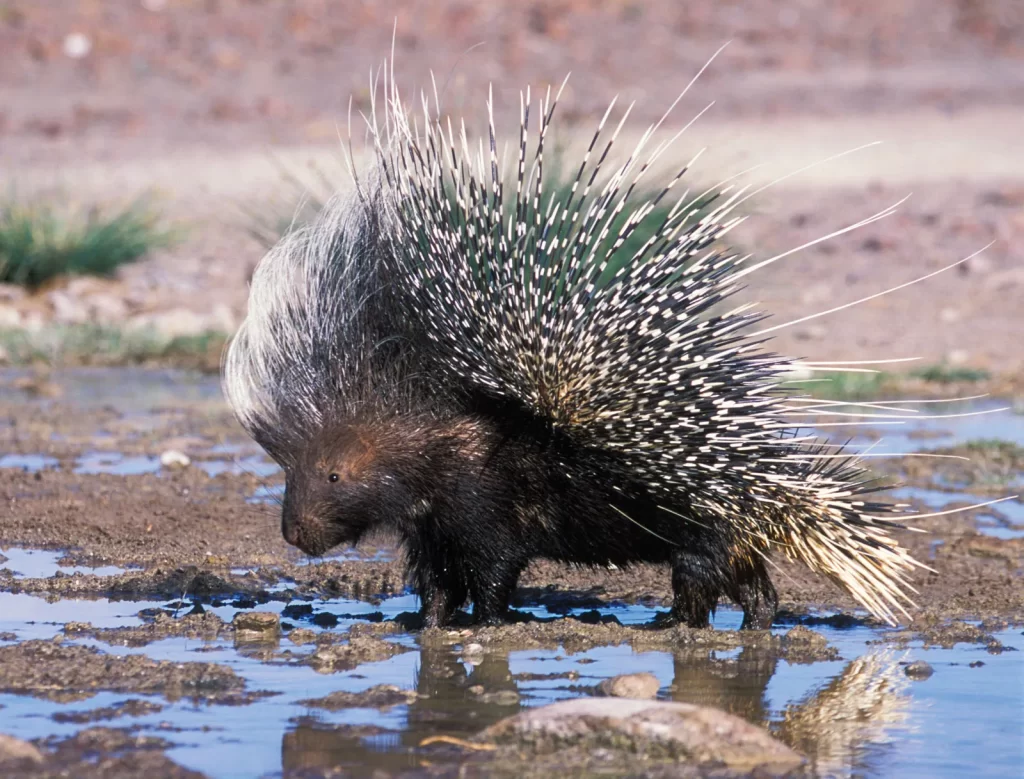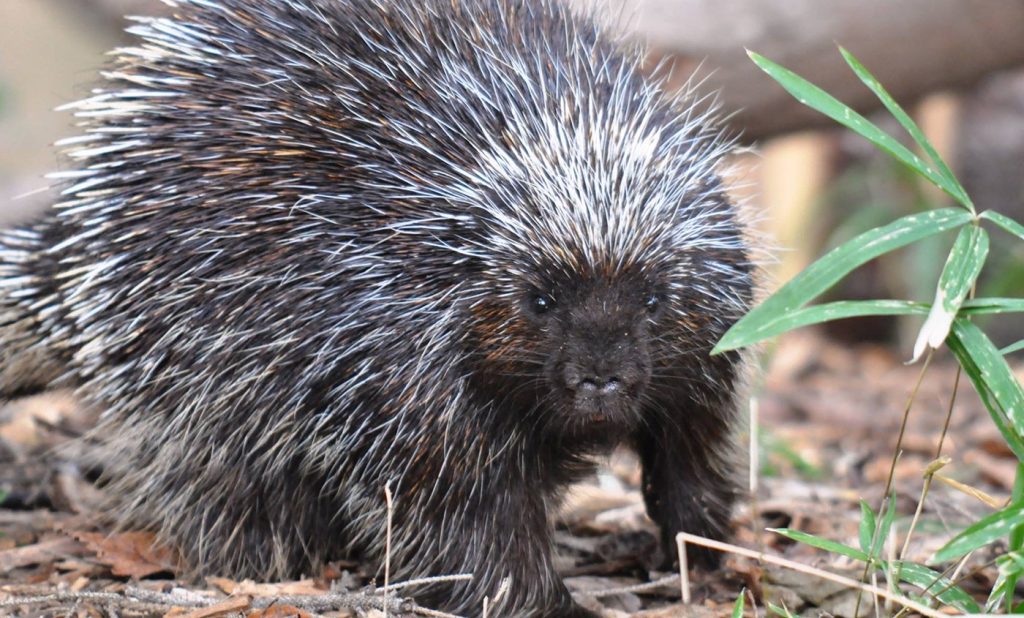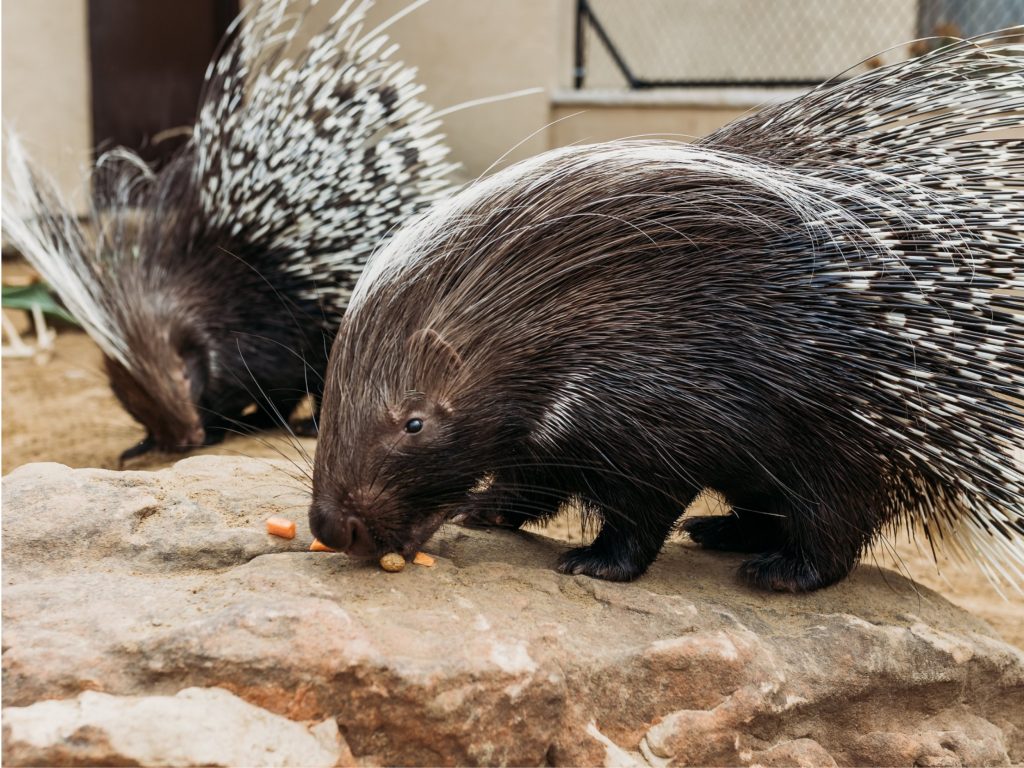
Catching and relocating porcupines can be a delicate process, as these animals have sharp quills and can be easily injured or stressed. However, there are safe and humane methods to catch and relocate porcupines when necessary. Here are some guidelines to follow:

- Assess the situation: Before attempting to catch and relocate a porcupine, it is important to assess the circumstances. Determine if the porcupine is causing any significant damage or posing a threat to human safety. If relocation is deemed necessary, make sure it is legal in your area and consult local wildlife authorities for guidance.
- Prepare necessary equipment: Gather the appropriate equipment for safely handling a porcupine. This may include thick gloves, a sturdy net or blanket, a large pet carrier or transfer cage, and a catch pole or snare if needed.
- Choose a suitable time: Porcupines are nocturnal animals, so it is best to attempt capture during the evening or early morning when they are most active. They are more likely to be out foraging during these times, making them easier to locate.
- Approach with caution: When approaching a porcupine, do so quietly and slowly to avoid startling the animal. Maintain a safe distance and avoid any sudden movements or loud noises that may trigger defensive behavior.
- Use a net or blanket: If the porcupine is within reach, gently toss a net or blanket over it to prevent it from escaping. Be careful not to entangle the quills in the netting. Use caution and avoid getting too close to the porcupine’s body to minimize the risk of quill contact.
- Utilize a catch pole or snare: In situations where the porcupine cannot be easily contained with a net or blanket, a catch pole or snare may be necessary. These tools allow for more controlled handling while keeping a safe distance from the animal. Follow proper techniques and guidelines for using these tools to avoid injury to both yourself and the porcupine.
- Transfer to a suitable container: Once the porcupine has been captured, carefully transfer it into a large pet carrier or transfer cage. Ensure the container is secure and has proper ventilation. Keep in mind that porcupines can be highly stressed in captivity, so minimize handling and keep the period of containment as brief as possible.
- Choose a suitable release location: When relocating a porcupine, choose a suitable release site that provides the necessary habitat and resources for their survival. This should be an area away from human population centers and with appropriate food sources, shelter, and access to water.
- Release the porcupine: Once you have reached the chosen release location, open the container and allow the porcupine to exit at its own pace. Do not force or rush the animal. Ensure that the area is safe and free from immediate threats before releasing the porcupine.
- Monitor from a distance: After releasing the porcupine, keep a safe distance and avoid interfering with its natural behavior. Observe from a distance to ensure it acclimates to its new surroundings and resumes normal activities.

Remember, it is always best to consult with local wildlife authorities or experts for specific guidelines and regulations regarding the capture and relocation of porcupines. Respecting their natural behavior and minimizing stress during the process is crucial for their well-being.